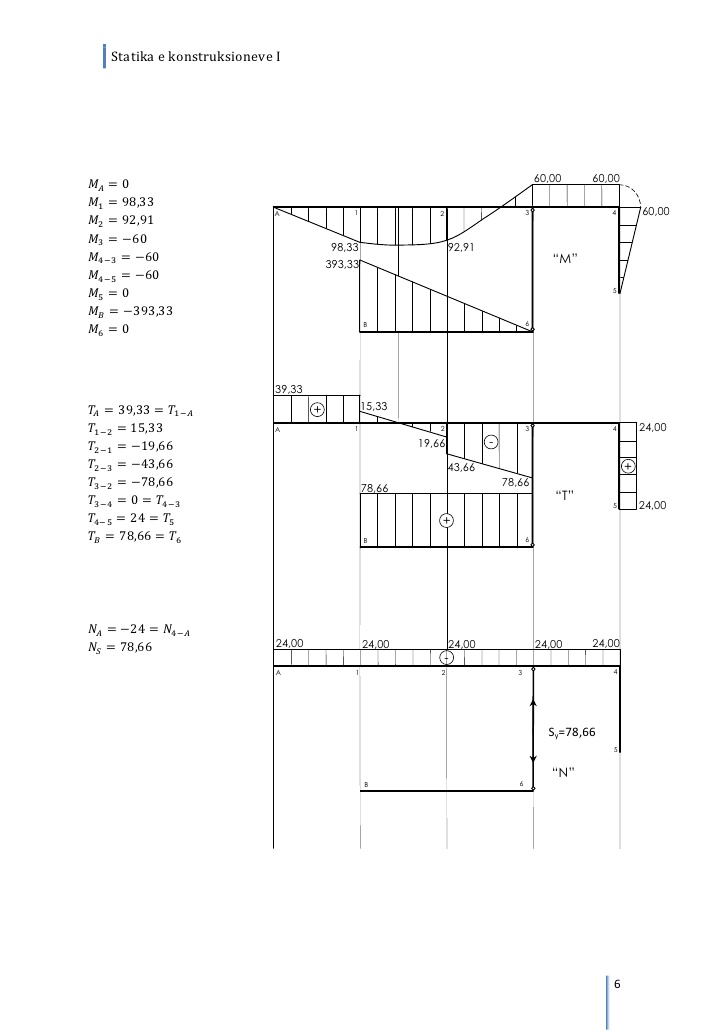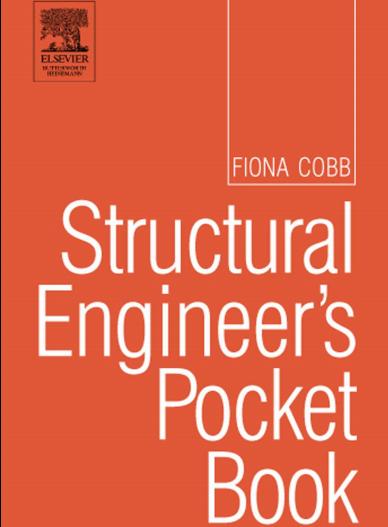

The tolerance, for example, on the distance between different structural elements, for example, a wall and a column, is ±¼ inch.Īlso in Section 4, the allowable deviation from the specified cross-sectional dimension is defined for concrete elements, including suspended slabs and slabs-on-ground. Maximum deviation is defined for horizontal and vertical faces. The maximum deviation is defined for the plumbness of walls, columns, and openings. Section 4 is the longest part of ACI 117, covering tolerances for cast-in-place concrete for buildings, including walls, floors, and slabs.

Other tolerances in this section dictate the maximum deviation from the planned location of the top surface elevation and the cross-sectional dimensions of piers and footings. How one would go about measuring that distance is, I'm afraid, a subject for a different article. So, for a 6-foot-long pier, the distance between the shaft centerline at the top of the pier and a perfectly plumb line drawn from the shaft's center at the bottom of the pier can be no greater than 6x12x0.015 = 1.08 inches. For example, an unreinforced pier in soil must be plumb to within 1.5% of the length of the shaft. In Section 3, ACI 117-06 covers tolerances for foundations.

Tolerances are also provided in Section 2 for the embedment length of rebars and for the location of dowels and anchor bolts (±¼ inch for ¾-inch bolts). That is, the centerline of the bar must be within 3/8 inch in any direction from the location indicated on the plans or else it is out of tolerance and therefore violates the specification. For example, for members where the concrete is 4 to 12 inches thick, the tolerance for rebar location is ☓/8 inch. Material tolerances are in Section 2, including the location tolerance for reinforcing bars, which varies depending on the thickness of the concrete member. Tolerances, according to the commentary to ACI 117 are “a means to establish permissible variation in dimension and location, giving both the designer and the contractor limits within which the work is to be performed.” Tolerances provide a way for the structure's designer to let the contractor know what is expected-to define the acceptable level of imperfection-since it is understood that “No structure is exactly level, plumb, straight, and true.” ACI's tolerances, however, can only govern concrete construction, and ACI 117 notes that “Materials that interface with or connect to concrete elements may have tolerance requirements that are not compatible with those contained in this document.”ĪCI 117 begins by defining what the tolerances mean in terms of such things as bowing, deviation, flatness, and levelness, and provides drawings to help explain these terms. Problems with flatness and levelness shown.


 0 kommentar(er)
0 kommentar(er)
